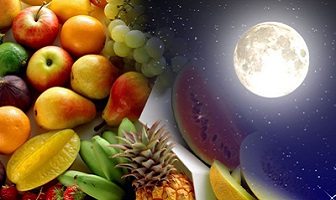
Paleo Diet? Try Moon Eating
We have all heard of the Paleo Diet and the positive health benefits that we receive from Paleo eating. For those who believe that the key to a good healthy Diet is a return to more primitive forms of eating, it’s a great time to be alive. The cultish Paleo Diet method of dining—which encourages ingesting mostly meats, fruits, vegetables, and good fats, only when you are hungry—has been the most-searched weight loss diet on Google for the past four years. Many fast-casual restaurants have sprung up around the trend, and fancier spots have incorporated the methods of Paleo Dieting into their menus.
But there’s a way to get even closer to ancient ways of eating: Moon eating. A nascent trend that started in Hawaii, moon eating has yet to be co-opted by a profit-making enterprise like the South Beach Diet, Paleo Diet or Atkins. You can just start doing it on your own. If you want to, here’s everything you need to know.
Moon Eating 101
First of all, moon eating is not the same as the whack-a-doodle Lunar Diet (also known as the more frightfully named Werewolf Diet) that has graced the gossip rags, wherein aging celebs engage in strange fasting practices looking for their fountain of youth.
Basically, moon eating takes many of the tenets of clean living that are already trending around the world (eating organic, unprocessed foods that are locally grown or foraged, reviving ancient grains, etc) and adds a layer of timing based on the phases of the moon. The idea is, you eat certain foods at certain times—acknowledging something that the centuries-old civilizations recognized, which is that the human body and our behavior operate on roughly monthly loops like the menstrual cycle.
If you are able to grow your own food, even better. According to the chefs behind the movement, specific cycles of planting and harvesting will provide the best, most nutritious produce. The goal is to be healthier, feel better, and be able to prepare physically for regular changes in the environment around you.
Ultimately you may lose weight by moon eating, but that’s merely a welcome side effect; the primary goal of mindful consumption is truer connection to our planet and thus a heightened sense of well being—both emotionally and physically. It’s a lifestyle. The difference of Moon eating and the Paleo Diet is Moon eating connects you you to the universe.
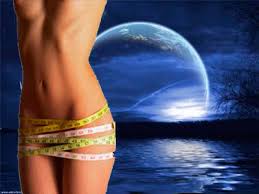
Moon Eating Today
Although treated as mythology today, the Kaulana Mahina was grounded in scientific observation and was once a covenant of the land. The Hawaiians tracked the moon’s waxing and waning energies and perceived an incredible impact on two types of water: the big water (such as the tides bringing fish to shore) and small water (which encompasses everything from tree sap, to aquifers, to your testosterone levels). The influence of the calendar increased to dictate practically every element of the quotidian, from fishing larger marine life (when the highest tides would roll in) to signing contracts among chieftains (during the waxing energies of lunar cycle.)
Dozens of other farms and seaside fish shacks in Maui are also pulling inspiration from the Kaulana Mahina. A look at the hundreds of images tagged “moonphaseproject” on Instagram will reveal the neonatal stages of the food fad throughout the island. Here, moon eating affects not only how vendors serve fresh fare, but also how they grow it, when they procure it, and how they harvest it to ensure the highest, most robust quality possible. Fruits are once again a great entry point into purposeful planting by the local farmers, as many items—such as avocado, mango, and breadfruit—naturally mature throughout a lunar month. By starting and ending the cycle on the eve of the full moon, the produce is noticeably more plump and much more delicious and vitamin-rich when harvested in the correct season (breadfruit during April’s lunar month, mango throughout the summer). Fishing practices are also much more methodical than simply dropping a line—in addition to big fish moving closer inland at high tide, small mollusks and shellfish are most easily captured during the lowest tides of the lunar month. Believers in moon eating think that there’s a reason why these foods become more available to human at these times, and that, essentially, we should be better about taking the earth’s suggestions.
How to Practice Moon Eating at Home
You don’t have to be in Hawaii—or necessarily surrounded by nature—to get in on moon eating.
Start with keeping a lunar journal (like the one from Kealopiko) to recognize the cyclical behaviors of our environment, from tracking the weather outside and the quality of our daily commute, to monitoring our moods and even the temperament of our bosses and friends. By keeping a diary for some time, you’ll start to notice uncanny patterns in nature, essentially being able to overlay events from past years on top of one another—a phenomenon long blurred by the arbitrary mathematics of the January-December calendar. When you’re first starting out, it is recommended documenting the days when it’s particularly hard to get out of bed (hangovers notwithstanding). It is where the body’s energies are weaker around the first and third moon quarters, which the Hawaiians call the ole phases, meaning “without.” You can conceive of it as the moon eating version of Mercury being retrograde. Police officers and medical staff can corroborate the tangible upswing in erratic behavior as the moon becomes full. Planning around the moon’s impact—extra sleep during ole, or leaving early for the office during full-moon traffic jams—is just as important as planning what to eat when.
Then work on your green thumb by planting as much as you can, wherever you can, whether it be in a garden, window box, or rooftop plot. Root crops—think sweet potatoes, carrots, beets—should be planted around the new moon, and above-ground produce—such as lettuce, kale, and strawberries—go in around the full moon. According to ancient Hawaiian beliefs about “small water,” this is the perfect system to get the fullest, most nutrient-rich harvest in their Diet.
For those without the time or interest in gardening, it’s best to start at a farmer’s market. While the “organic” branding is well and good, you’re looking to create a base layer of knowledge about what grows when and can quite literally feel the fullness of produce when it’s planted and harvested during the energetic parts of the lunar cycle.
Ultimately, you might be surprised to find that moon eating works into your life more easily than any diet you’ve ever tried before, including the Paleo Diet. Whether it is the stock market or the farmer’s market, when you begin to pay attention, not just once in a while but all the time, you begin to spot the patterns, the ebb and flow. It’s just the hubris of modern man to think that one is more important than the other. Most people involved in the various food industries around the world—modern foragers, organic farmers, back-to-the-earth advocates are all already basing their lives around the moon calendar. They just don’t know it.
*Copyright 2017 Bloomberg
Need A More Personalized Diet Plan? Choose A Medshape Weight Loss Clinic Near You Today!

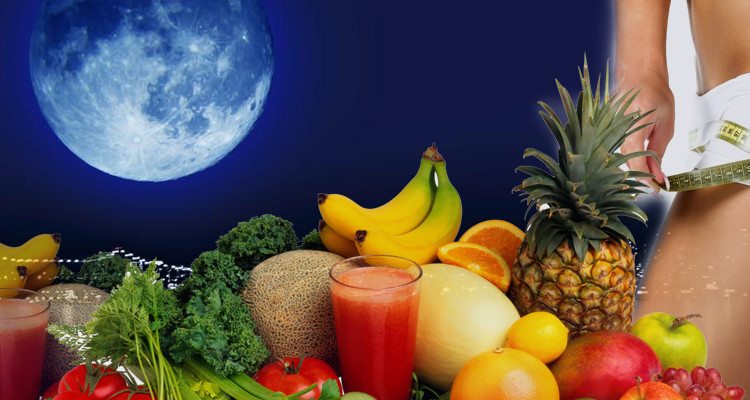







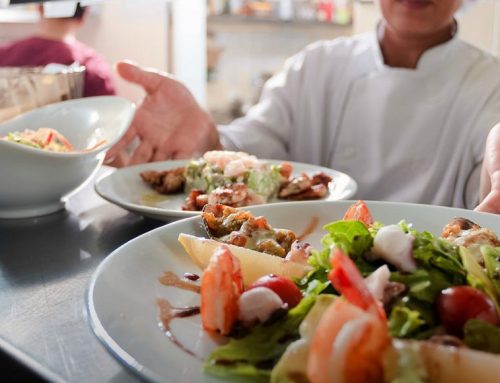
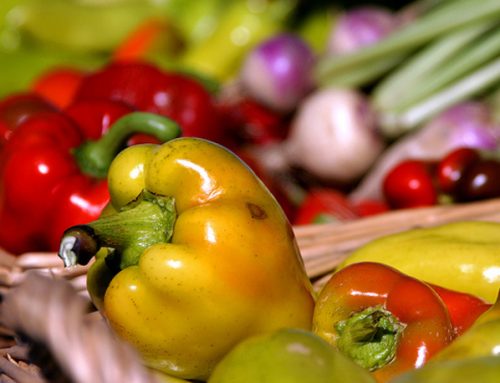
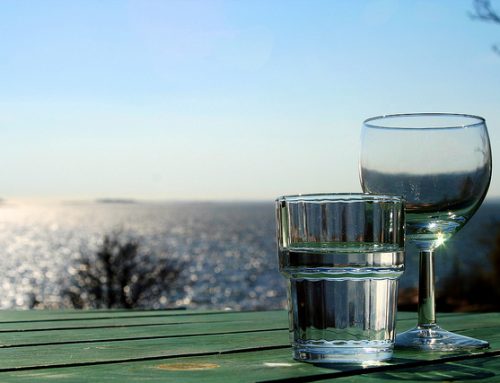


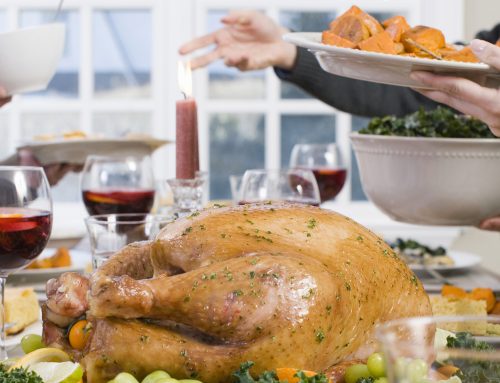

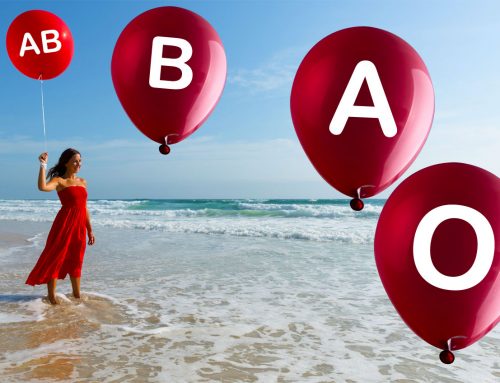

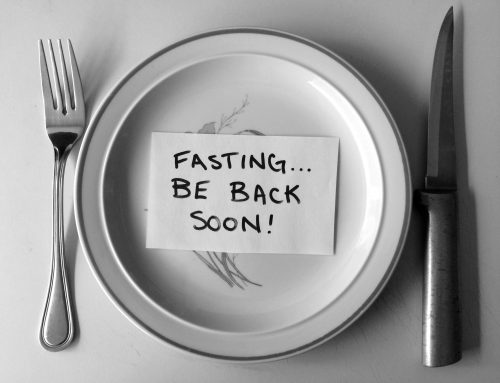
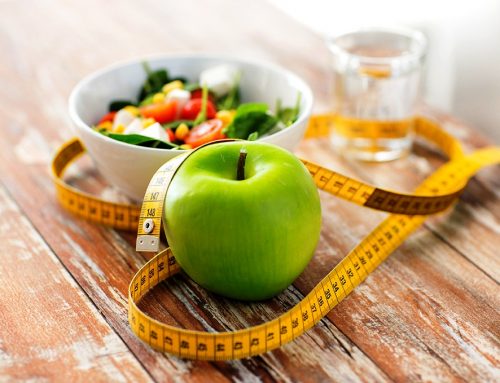


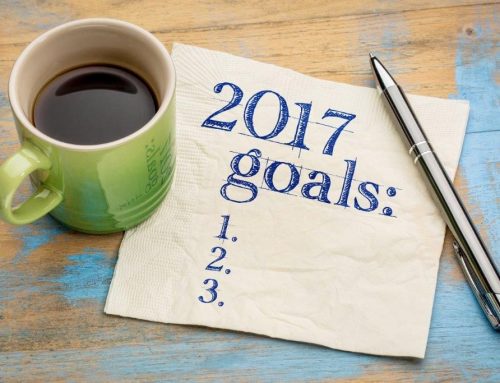


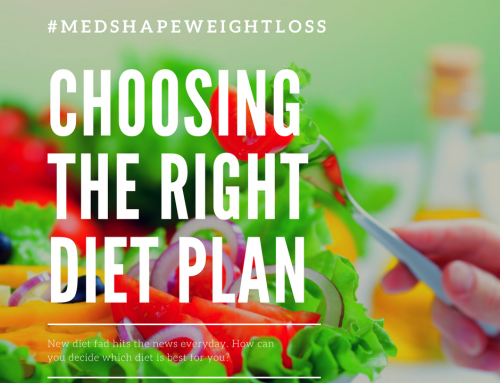
Leave A Comment